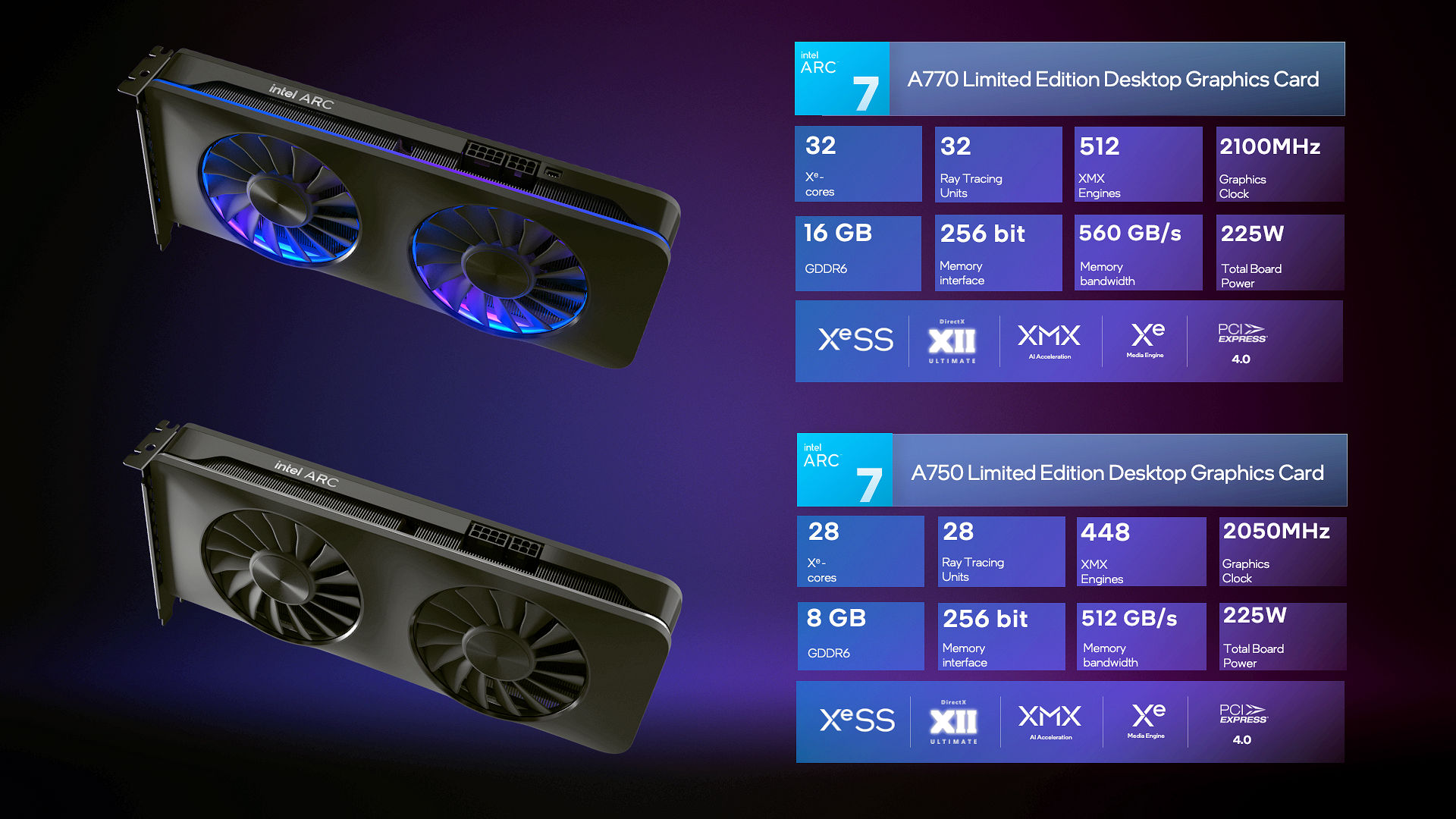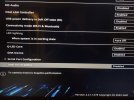Separate "RT shaders" (ray generation/intersection/miss/callable or closest/any-hit shaders) don't exist at all with inline RT. We add "RayQuery objects" to either existing compute or pixel shaders that already handle our material and lighting in this instance if we want to implement ray traced effects. There are zero new PSOs added in this case ...RT shaders still have to be compiled be they compute or RT, so both would cause more PSOs to compile. Compiling "uber-materials" doesn't sound great either.
This recommendation just sidesteps the issues of having many material models altogether. They're basically just asking developers to opt in to having fewer materials when ray tracing which isn't comparable at all to "uber-materials" ...This guide suggest using DXR 1.0 stile shaders instead of DXR 1.1 ubershaders.
It also suggest considering simplified shading and a unified shader for materials, which would result into fewer hit shaders.
Yes, you can reduce the dispatch divergence/PSOs by removing other materials but you also see improvements when doing the same for inline RT as well such as reduced register pressure and shading divergence ...


